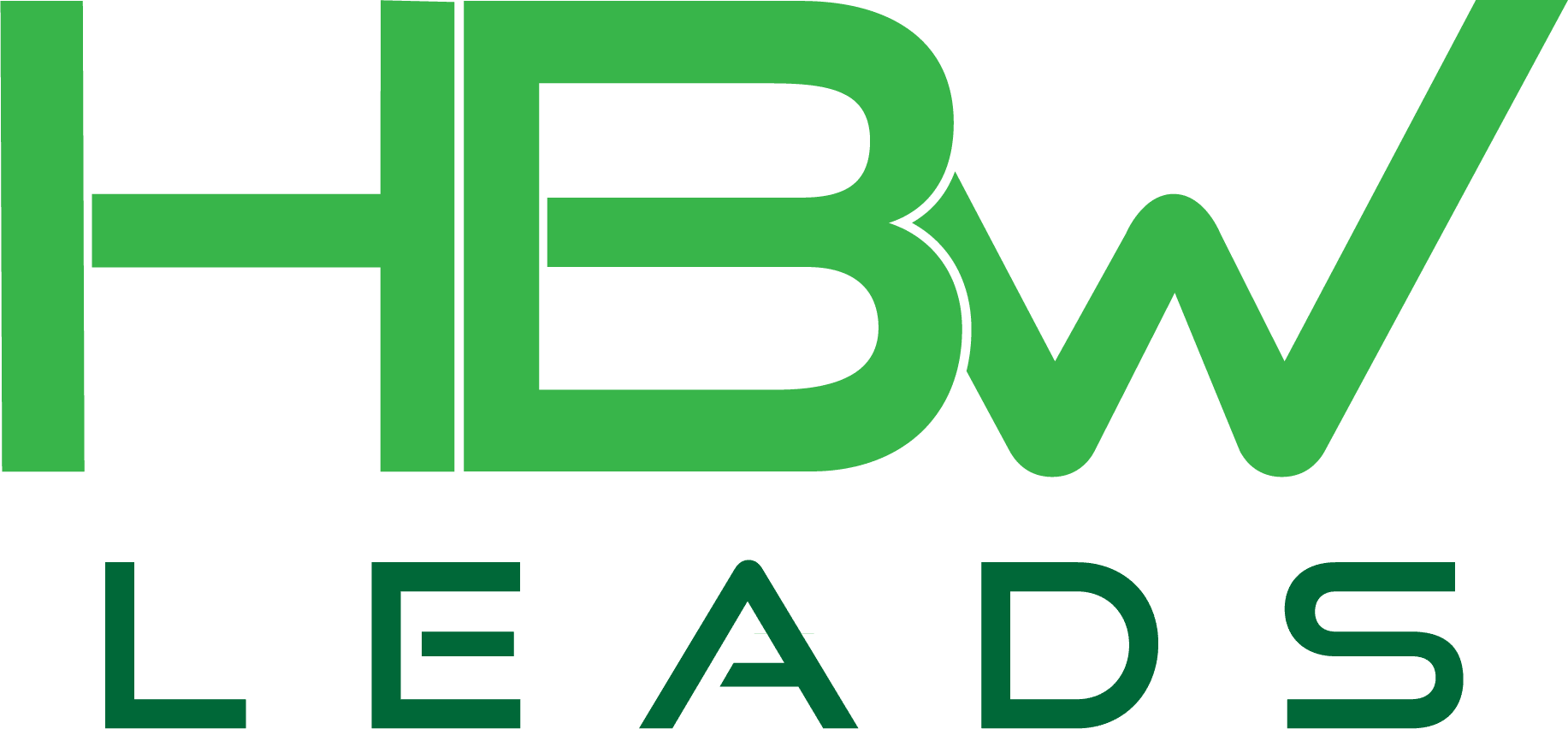Are you meeting your insurance buyer expectations? Here’s what today’s customers are looking for and how you can meet their needs.
Over the years, the insurance industry has undergone significant transformations driven by evolving buyer expectations and technological advancements. As a result, insurers have had to adapt to meet the needs of today’s discerning insurance customers.
Your customers expect a more personalized experience that puts convenience at the forefront. From digital apps to custom insurance solutions, here are 10 ways insurance buyer expectations have changed and how the industry is responding.
Insurance buyer expectations: Find out what your customers expect and how to meet their needs
1. Demand for Personalization
- Customized Insurance Plans
Today’s insurance buyers demand personalized experiences that cater to their unique needs and preferences. They expect insurers to offer customized plans that consider their circumstances, such as age, health, and lifestyle choices. Insurance companies are leveraging data analytics and advanced algorithms to design bespoke policies to meet this expectation.
- Tailored Communication
Insurance buyers also expect personalized communication from their insurers. This includes receiving information and updates relevant to their specific policies and preferences and targeted marketing campaigns. As a result, insurers have started using customer relationship management (CRM) tools and marketing automation platforms to achieve this level of personalization.
2. Desire for Digital Platforms
- Online Policy Management
The modern insurance buyer is tech-savvy and expects digital solutions to manage their insurance policies. They want to access their policy information, make changes, and renew their coverage through user-friendly online platforms. As a result, insurance companies are investing in building secure and efficient web portals to cater to this demand.
- Mobile Apps
Smartphone usage has skyrocketed, and insurance buyers expect to manage their policies on the go using mobile apps. As a result, insurers are developing feature-rich apps that enable policyholders to submit claims, access policy documents, and connect with customer support through their mobile devices.
3. Seeking Transparent Pricing
- Clear Cost Breakdown
Insurance buyers today are more informed and expect transparency in pricing. They want to understand the cost breakdown of their policies and know exactly what they are paying for. Insurers respond by providing precise and detailed pricing information, making it easier for customers to make informed decisions.
- Comparison Tools
With many insurance options available, buyers want to compare different policies and their costs quickly. As a result, many insurance companies now offer comparison tools on their websites to help buyers make the best choice for their needs and budget.
4. Focus on Instant Service
- 24/7 Customer Support
Today’s insurance buyers expect quick responses to their queries and concerns. In addition, they want access to customer support at all times through phone, email, or live chat. To meet this expectation, insurers are providing round-the-clock customer support services.
- AI-Powered Chatbots
Insurance companies increasingly adopt artificial intelligence (AI) powered chatbots to provide instant customer support. These chatbots can handle routine inquiries, provide policy information, and even guide customers through the claims process, delivering prompt and efficient service.
5. Appreciation for Data Privacy
- Secure Data Storage
Data privacy is a significant concern for insurance buyers in today’s digital age. They expect their personal information to be securely stored and protected from unauthorized access. As a result, insurers are implementing advanced security measures and encryption technologies to safeguard their customers’ data.
- Transparent Data Usage Policies
Insurance buyers want clarity on how their insurers use and share their data. As a result, companies are adopting transparent data usage policies and explicitly communicating these to their customers to build trust and ensure compliance with data privacy regulations.
6. Emphasis on Social Responsibility
- Eco-Friendly Initiatives
Today’s insurance buyers are more environmentally conscious and expect their insurers to demonstrate a commitment to sustainability. As a result, insurance companies are adopting eco-friendly practices, such as offering discounts for electric vehicles or implementing paperless processes, to appeal to these environmentally-minded customers.
- Charitable Giving
Insurance buyers also appreciate companies that give back to their communities. Insurers engage in charitable activities, such as donating to disaster relief funds or supporting local nonprofits, demonstrating their commitment to social responsibility.
7. Expectation for Seamless Claims Processing
- Online Claims Submission
The claims process is a critical touchpoint for insurance buyers, who expect it to be hassle-free. In addition, customers want to submit their claims online and track their progress in real-time. As a result, insurers invest in digital claims platforms to streamline the process and improve customer satisfaction.
- Faster Payouts
Insurance buyers expect their claims to be processed quickly and efficiently, with minimal delays in receiving their payouts. Companies leverage automation and data-driven technologies to expedite the claims process and ensure timely payouts.
8. Desire for Flexibility
- On-Demand Coverage
Modern insurance buyers value flexibility and want on-demand coverage options that can be activated or deactivated. Insurers are responding by offering flexible, usage-based policies that cater to the evolving needs of their customers.
- Bundled Policies
Customers also appreciate the convenience of bundled policies that offer coverage for multiple risks under a single plan. As a result, insurance companies increasingly offer bundled options to provide comprehensive protection and simplify policy management for their customers.
9. Preference for Expert Advice
- Human Touchpoints
Despite the growing popularity of digital platforms, insurance buyer expectations are that they will get human interaction when making important decisions. They want access to expert advice and personalized guidance from their insurers. As a result, companies are striking a balance between automation and human touchpoints to deliver exceptional customer experiences.
- Educational Content
Insurance buyers expect their insurers to help them make informed decisions by providing educational content on insurance products, coverage options, and risk management strategies. As a result, insurers are creating informative blog posts, videos, and webinars to educate their customers and help them navigate the complexities of insurance.
10. Increasing Interest in Peer-to-Peer Insurance
- Shared Risk Pool
Peer-to-peer (P2P) insurance models are gaining traction among insurance buyers who appreciate the community-based approach to risk management. P2P insurance allows customers to pool resources and share risk, often resulting in lower premiums and a more transparent process.
- Community-Based Approach
Insurance buyers are attracted to P2P insurance models because they promote a sense of community, trust, and shared responsibility. As a result, insurers are exploring the potential of P2P insurance to tap into this growing market segment and offer innovative solutions that cater to the evolving preferences of their customers.
Conclusion
Insurance buyer expectations have changed dramatically in recent years, driven by technological advancements, increased awareness, and the desire for personalized experiences. As a result, the industry has had to adapt to meet these evolving demands, resulting in more customized policies, digital platforms, transparent pricing, and a focus on social responsibility. As the insurance landscape continues to shift, insurers must remain agile and responsive to the needs of their customers to thrive in this competitive market.
FAQs
- How has the demand for personalization impacted the insurance industry? The demand for personalization has led insurers to offer customized plans and tailored communication to cater to their customer’s unique needs and preferences.
- Why is transparent pricing important for insurance buyers? Transparent pricing helps insurance buyers make informed decisions by understanding the cost breakdown of their policies and comparing different options.
- What role does technology play in meeting the expectations of modern insurance buyers? Technology enables insurers to offer digital platforms, instant service, secure data storage, and seamless claims processing, which are all essential in meeting the expectations of today’s insurance buyers.
- How are insurance companies demonstrating social responsibility? Insurance companies are demonstrating social responsibility through eco-friendly initiatives, charitable giving, and supporting local communities.
- What is peer-to-peer insurance, and why is it gaining popularity? Peer-to-peer insurance is a community-based approach to risk management that allows customers to pool their resources and share risk. It is gaining popularity due to its potential for lower premiums and a more transparent process.
Need leads? Our leads are pre-qualified, so all the hard prospecting work is done for you. Your team will be sending out more quotes in no time. So sign up for HBW Leads today!


